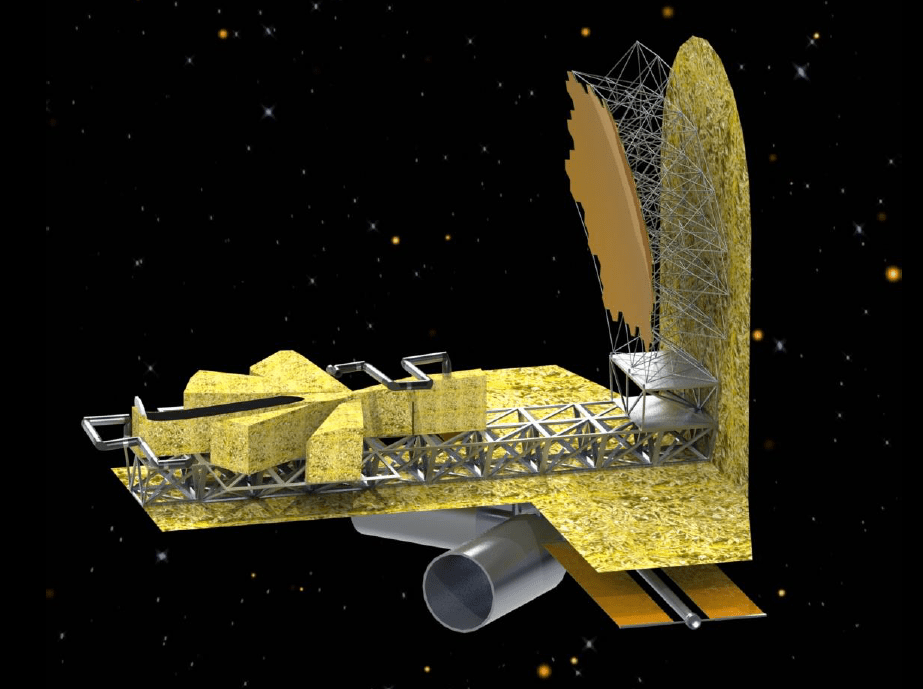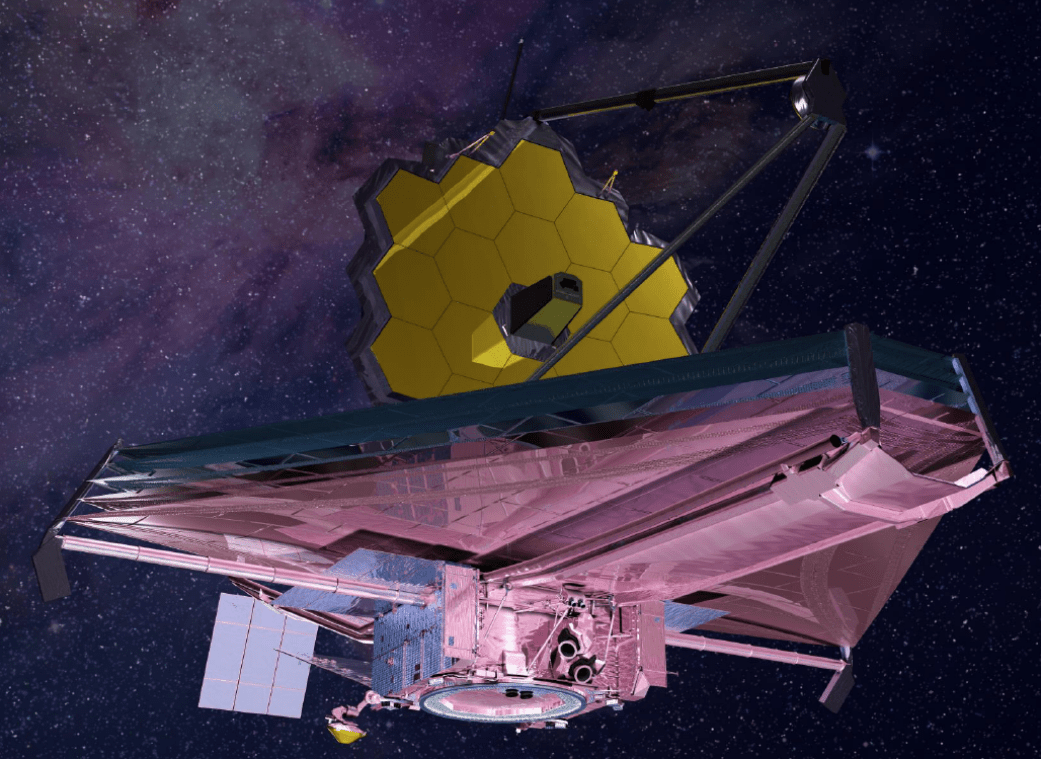When it comes to telescopes, bigger is better. That’s true down here on Earth, and it’s especially true out in space. As astronomers and engineers design the next generation of giant space telescopes, they’re running up against the limits of current launch providers. There are only so many ways you can fold a huge telescope to get it to fit inside a 5-meter launch fairing.
Continue reading “Building Space Telescopes… In Space”James Webb Tests its Sun-Shield. So Far, So Good.

Rigorous testing is at the heart of any successful space mission. The James Webb Space Telescope (JWST) will be a million miles away when it deploys its mission-critical sun-shield, and if it doesn’t function as planned, that’s it. Game over.
Continue reading “James Webb Tests its Sun-Shield. So Far, So Good.”Spacecraft Gyroscopes And Reaction Wheels. You Can Never Have Enough
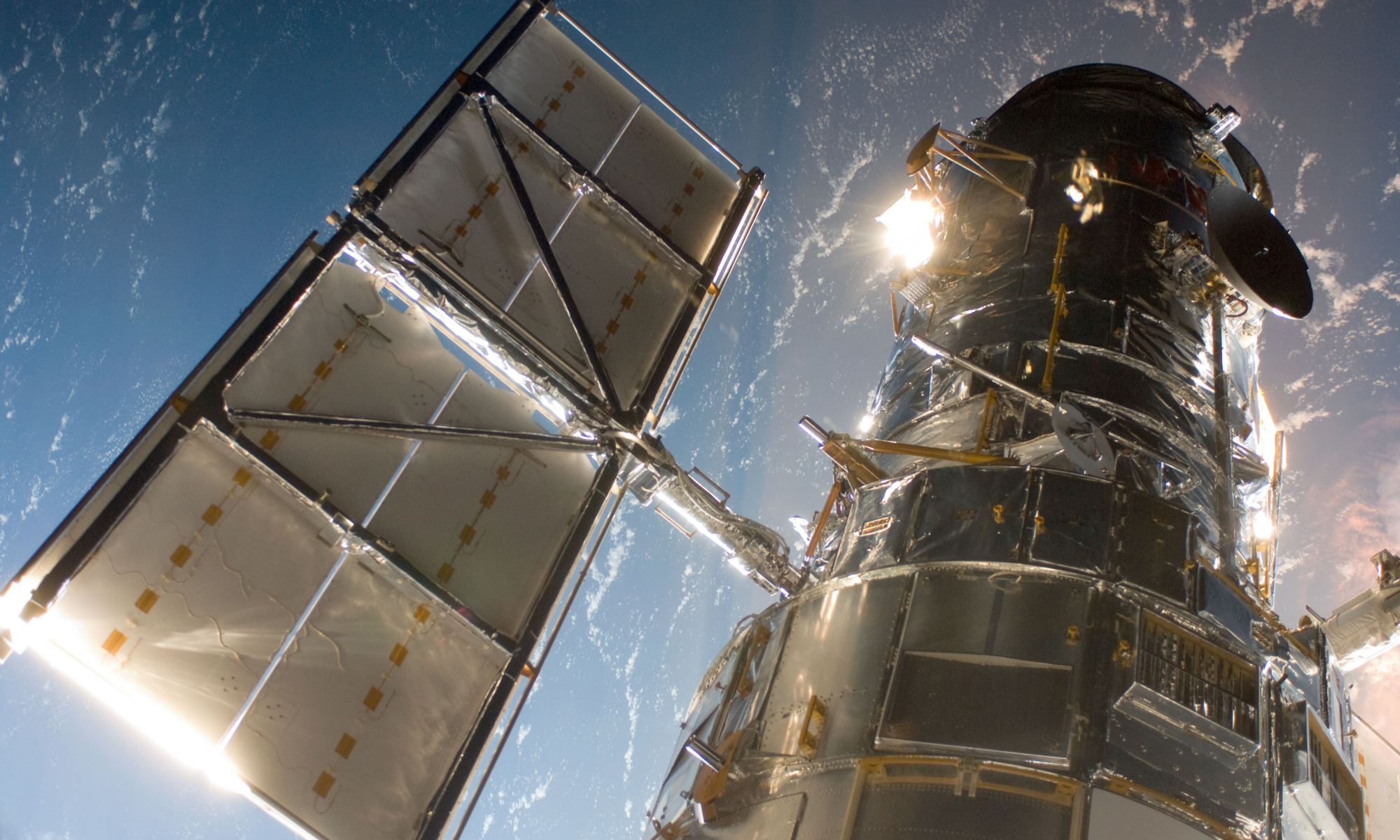
It’s amazing to think there are telescopes up in space, right now, directing their gaze at distant objects for hours, days and even weeks. Providing a point of view so stable and accurate that we can learn details about galaxies, exoplanets and more.
And then, when the time is up, the spacecraft can shift its gaze in another direction. All without the use of fuel.
Continue reading “Spacecraft Gyroscopes And Reaction Wheels. You Can Never Have Enough”In Order to Reveal Planets Around Another star, a Starshade Needs to Fly 40,000 km Away from a Telescope, Aligned Within Only 1 Meter
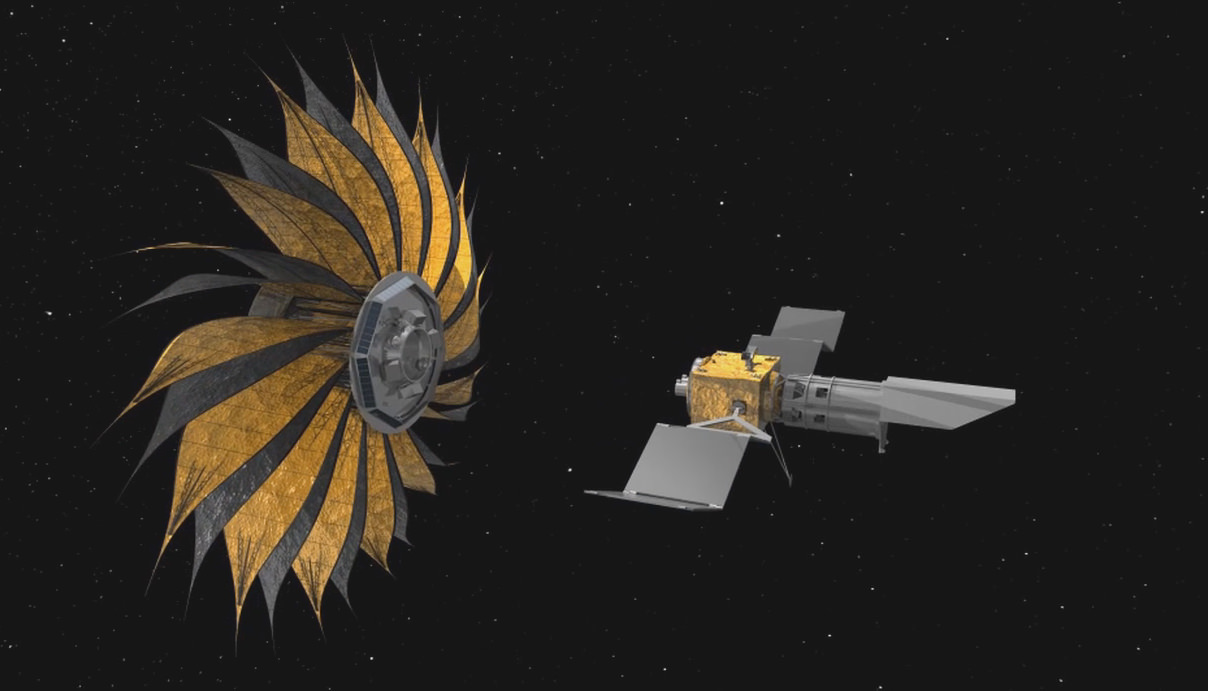
To assist with future efforts to locate and study exoplanets, engineers with NASA’s Jet Propulsion Laboratory – in conjunction with the Exoplanet Exploration Program (ExEP) – are working to create Starshade. Once deployed, this revolutionary spacecraft will help next-generation telescopes by blocking out the obscuring light coming from distant stars so exoplanets can be imaged directly.
While this may sound pretty straightforward, the Starshade will also need to engage in some serious formation flying in order to do its job effectively. That was the conclusion of the reached by the Starshade Technology Development team (aka. S5) Milestone 4 report – which is available through the ExEP website. As the report stated, Starshade will need to be perfectly aligned with space telescopes, even at extreme distances.
Continue reading “In Order to Reveal Planets Around Another star, a Starshade Needs to Fly 40,000 km Away from a Telescope, Aligned Within Only 1 Meter”Phew! James Webb passes its final thermal vacuum test. Still on track for 2021
Once it is deployed to space, the James Webb Space Telescope (JWST) will be the most sophisticated and advanced space telescope in operation. Carrying on in the tradition of Hubble, Kepler, and Spitzer, the JWST will use its advanced suite of infrared imaging capabilities to study distant exoplanets, learn more about the Solar System, and study the earliest galaxies in the Universe.
After numerous delays, NASA announced last summer that the much-anticipated JWST would be ready to launch by 2021. And in what is admittedly a very nice change of pace, NASA recently indicated that this is still a go! According to their latest update, the JWST has just completed its final vacuum test and is on track for launch in March of 2021.
Continue reading “Phew! James Webb passes its final thermal vacuum test. Still on track for 2021”What Will the James Webb Space Telescope See? A Whole Bunch of Dust, That’s What
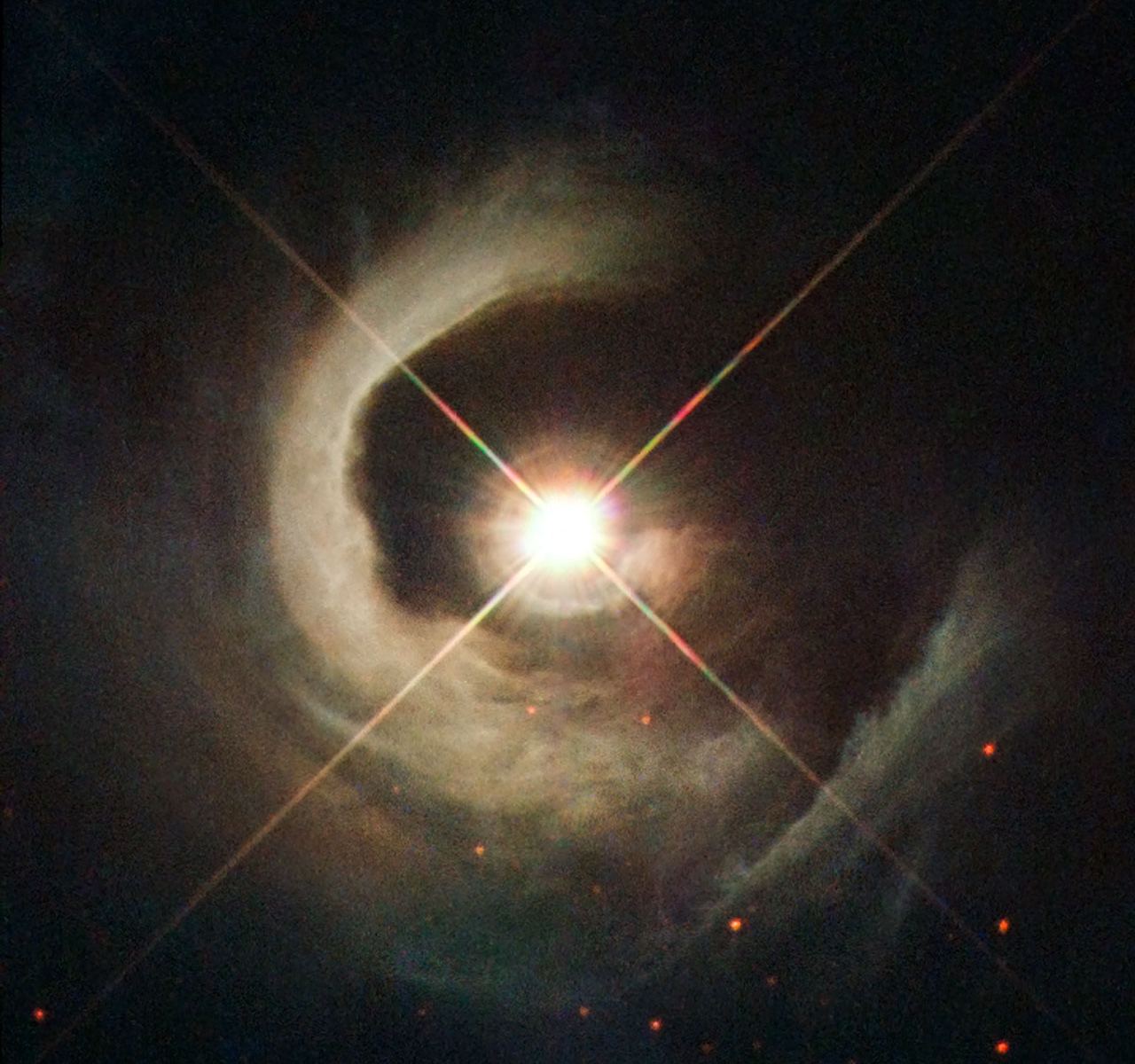
When it comes to the first galaxies, the James Webb Space Telescope will attempt to understand the formation of those galaxies and their link to the underlying dark matter. In case you didn’t know, most of the matter in our universe is invisible (a.k.a. “dark”), but its gravity binds everything together, including galaxies. So by studying galaxies – and especially their formation – we can get some hints as to how dark matter works. At least, that’s the hope. It turns out that astronomy is a little bit more complicated than that, and one of the major things we have to deal with when studying these distant galaxies is dust. A lot of dust.
That’s right: good old-fashioned dust. And thanks to some fancy simulations, we’re beginning to clear up the picture.
Continue reading “What Will the James Webb Space Telescope See? A Whole Bunch of Dust, That’s What”It’s Over For Kepler. The Most Successful Planet Hunter Ever Built is Finally out of Fuel and Has Just Been Shut Down.
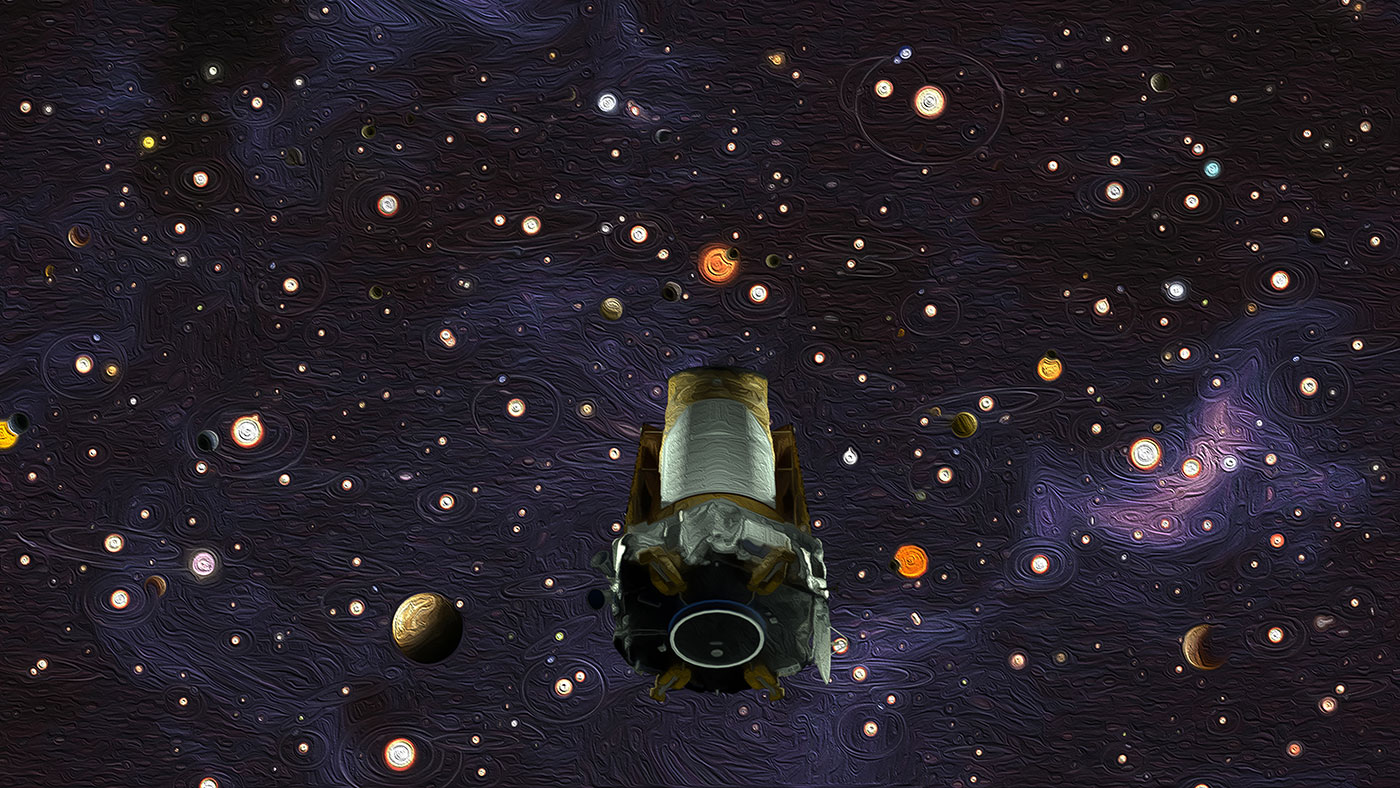
It’s been quite a tumultuous time for space telescopes lately! Less than a month ago, the Hubble Space Telescope went into safe mode after experiencing a mechanical failure with one of its gyroscopes (which has since been remedied). Shortly thereafter, the Chandra X-ray telescope went into safe mode as well, and for similar reasons. After three days, it’s operations team managed to get it back in working order as well.
And now, after nine years of service, NASA has officially announced that the Kepler Space Telescope will be retiring. With no fuel remaining to conduct its science observations, NASA has decided to leave the telescope in its current safe orbit (well away from Earth). Far from being a sad occasion, Kepler’s retirement is an opportunity to reflect upon the immense accomplishments of this telescope and how it revolutionized the study of exoplanets.
Weekly Space Hangout: Oct 17, 2018 – Paul Geithner, Deputy Project Manager, JWST
Hosts:
Fraser Cain (universetoday.com / @fcain)
Dr. Paul M. Sutter (pmsutter.com / @PaulMattSutter)
Dr. Kimberly Cartier (KimberlyCartier.org / @AstroKimCartier )
Dr. Morgan Rehnberg (MorganRehnberg.com / @MorganRehnberg & ChartYourWorld.org)
Paul Geithner, Deputy Project Manager – Technical for the James Webb Space Telescope (JWST) at NASA’s Goddard Space Flight Center where he focuses on technical oversight, and the resolution and verification of technical issues. Paul last visited us on October 7, 2017, almost two years ago to the day, and tonight joins us to give us an update about JWST.
You can learn more about Paul by visiting https://jwst.nasa.gov/meet-geithner.html
Announcements:
If you would like to join the Weekly Space Hangout Crew, visit their site here and sign up. They’re a great team who can help you join our online discussions!
If you’d like to join Dr. Paul Sutter and Dr. Pamela Gay on their Cosmic Stories in the SouthWest Tour in August 2019, you can find the information at astrotours.co/southwest.
We record the Weekly Space Hangout every Wednesday at 5:00 pm Pacific / 8:00 pm Eastern. You can watch us live on Universe Today, or the Weekly Space Hangout YouTube page – Please subscribe!
Carnival of Space #575
Welcome to the 575th Carnival of Space! The Carnival is a community of space science and astronomy writers and bloggers, who submit their best work each week for your benefit. We have a fantastic roundup today including news from the IAU, so now, on to this week’s worth of stories!
Continue reading “Carnival of Space #575”
NASA’s James Webb Space Telescope will Inspect the Atmospheres of Distant Gas Giants
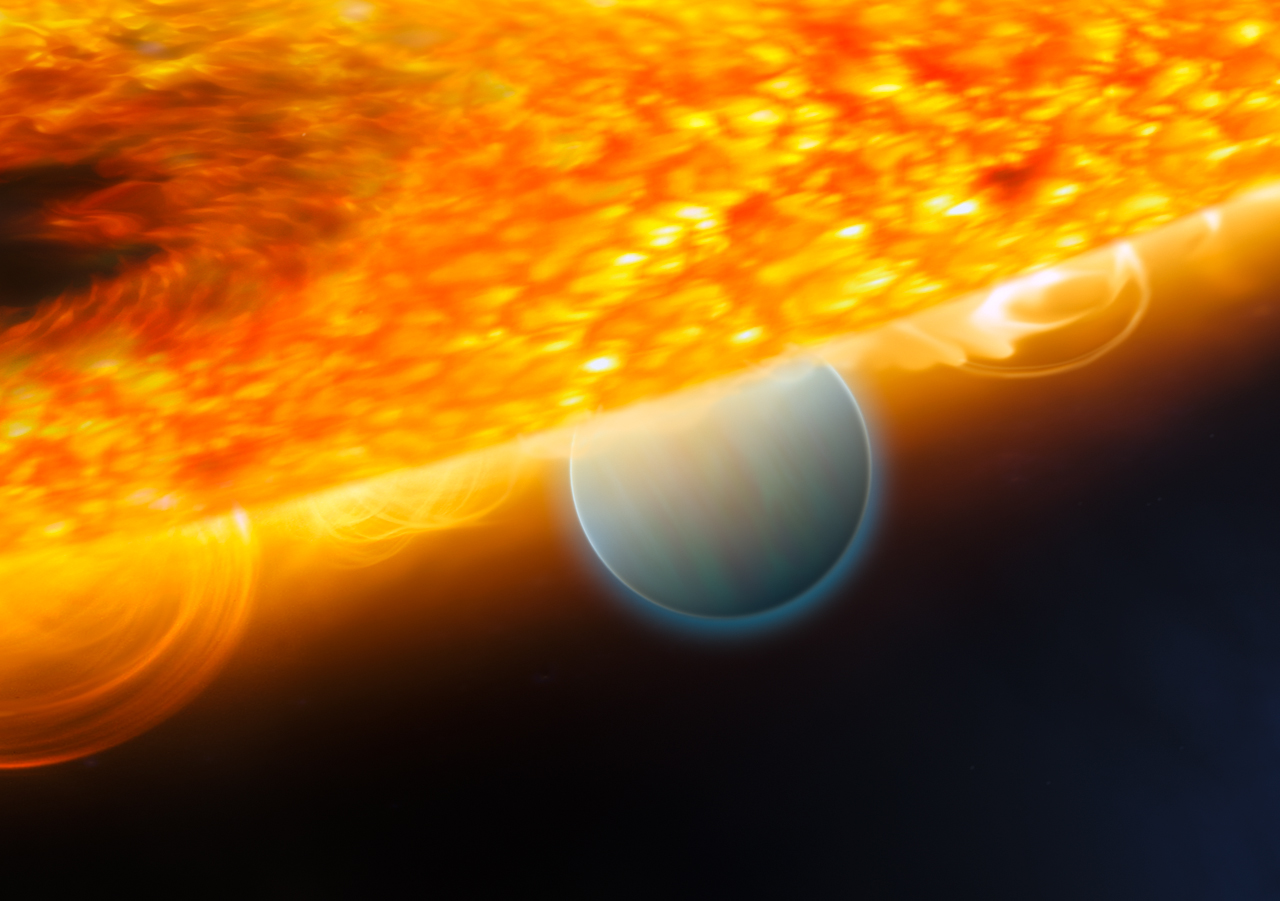
The James Webb Space Telescope is like the party of the century that keeps getting postponed. Due to its sheer complexity and some anomalous readings that were detected during vibration testing, the launch date of this telescope has been pushed back many times – it is currently expected to launch sometime in 2021. But for obvious reasons, NASA remains committed to seeing this mission through.
Once deployed, the JWST will be the most powerful space telescope in operation, and its advanced suite of instruments will reveal things about the Universe that have never before been seen. Among these are the atmospheres of extra-solar planets, which will initially consist of gas giants. In so doing, the JWST will refine the search for habitable planets, and eventually begin examining some potential candidates.
The JWST will be doing this in conjunction with the Transiting Exoplanet Survey Satellite (TESS), which deployed to space back in April of 2018. As the name suggests, TESS will be searching for planets using the Transit Method (aka. Transit Photometry), where stars are monitored for periodic dips in brightness – which are caused by a planet passing in front of them relative to the observer.

Some of Webb’s first observations will be conducted through the Director’s Discretionary Early Release Science program – a transiting exoplanet planet team at Webb’s science operation center. This team is planning on conducting three different types of observations that will provide new scientific knowledge and a better understanding of Webb’s science instruments.
As Jacob Bean of the University of Chicago, a co-principal investigator on the transiting exoplanet project, explained in a NASA press release:
“We have two main goals. The first is to get transiting exoplanet datasets from Webb to the astronomical community as soon as possible. The second is to do some great science so that astronomers and the public can see how powerful this observatory is.”
As Natalie Batalha of NASA Ames Research Center, the project’s principal investigator, added:
“Our team’s goal is to provide critical knowledge and insights to the astronomical community that will help to catalyze exoplanet research and make the best use of Webb in the limited time we have available.”
For their first observation, the JWST will be responsible for characterizing a planet’s atmosphere by examining the light that passes through it. This happens whenever a planet transits in front of a star, and the way light is absorbed at different wavelengths provides clues as to the atmosphere’s chemical composition. Unfortunately, existing space telescopes have not had the necessary resolution to scan anything smaller than a gas giant.
The JWST, with its advanced infrared instruments, will examine the light passing through exoplanet atmospheres, split it into a rainbow spectrum, and then infer the atmospheres’ composition based on which sections of light are missing. For these observations, the project team selected WASP-79b, a Jupiter-sized exoplanet that orbits a star in the Eridanus constellation, roughly 780 light-years from Earth.
The team expects to detect and measure the abundances of water, carbon monoxide, and carbon dioxide in WASP-79b, but is also hoping to find molecules that have not yet been detected in exoplanet atmospheres. For their second observation, the team will be monitoring a “hot Jupiter” known as WASP-43b, a planet which orbits its star with a period of less than 20 hours.
Like all exoplanets that orbit closely to their stars, this gas giant is tidally-locked – where one side is always facing the star. When the planet is in front of the star, astronomers are only able to see its cooler backside; but as it orbits, the hot day-side slowly comes into view. By observing this planet for the entirety of its orbit, astronomers will be able to observe those variations (known as a phase curve) and use the data to map the planet’s temperature, clouds, and atmospheric chemistry.
This data will allow them to sample the atmosphere to different depths and obtain a more complete picture of the planet’s internal structure. As Bean indicated:
“We have already seen dramatic and unexpected variations for this planet with Hubble and Spitzer. With Webb we will reveal these variations in significantly greater detail to understand the physical processes that are responsible.”

For their third observation, the team will be attempting to observe a transiting planet directly. This is very challenging, seeing as how the star’s light is much brighter and therefore obscures the faint light being reflected off the planet’s atmosphere. One method for addressing this is to measure the light coming from a star when the planet is visible, and again when it disappears behind the star.
By comparing the two measurements, astronomers can calculate how much light is coming from the planet alone. This technique works best for very hot planets that glow brightly in infrared light, which is why they selected WASP-18b for this observation – a hot Jupiter that reaches temperatures of around 2,900 K (2627 °C; 4,800 °F). In the process, they hope to determine the composition of the planet’s smothering stratosphere.
In the end, these observations will help test the abilities of the JWST and calibrate its instruments. The ultimate goal will be to examine the atmospheres of potentially-habitable exoplanets, which in this case will include rocky (aka. “Earth-like”) planets that orbit low mass, dimmer red dwarf stars. In addition to being the most common star in our galaxy, red dwarfs are also believed to be the most likely place to find Earth-like planets.

As Kevin Stevenson, a researcher with the Space Telescope Science Institute and a co-principal investigator on the project, explained:
“TESS should locate more than a dozen planets orbiting in the habitable zones of red dwarfs, a few of which might actually be habitable. We want to learn whether those planets have atmospheres and Webb will be the one to tell us. The results will go a long way towards answering the question of whether conditions favorable to life are common in our galaxy.”
The James Webb Space Telescope will be the world’s premier space science observatory once deployed, and will help astronomers to solve mysteries in our Solar System, study exoplanets, and observe the very earliest periods of the Universe to determine how its large-scale structure evolved over time. For this reason, its understandable why NASA is asking that the astronomical community be patient until they are sure it will deploy successfully.
When the payoff is nothing short of ground-breaking discoveries, it’s only fair that we be willing to wait. In the meantime, be sure to check out this video about how scientists study exoplanet atmospheres, courtesy of the Space Telescope Science Institute:
Further Reading: NASA

